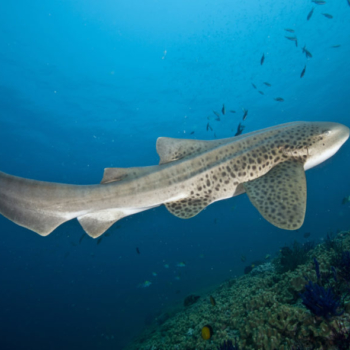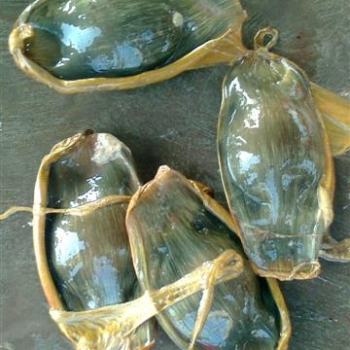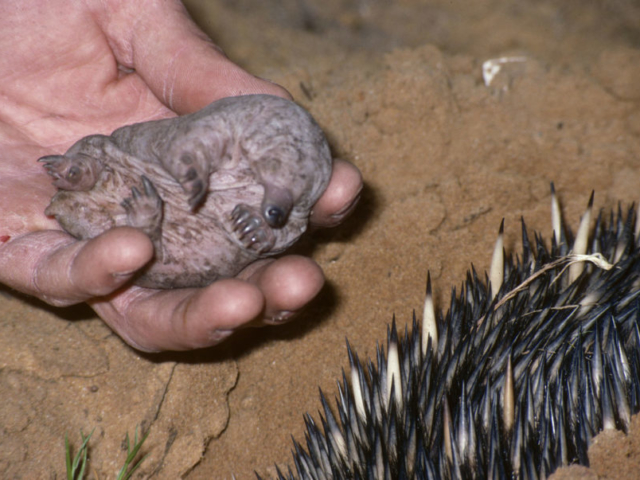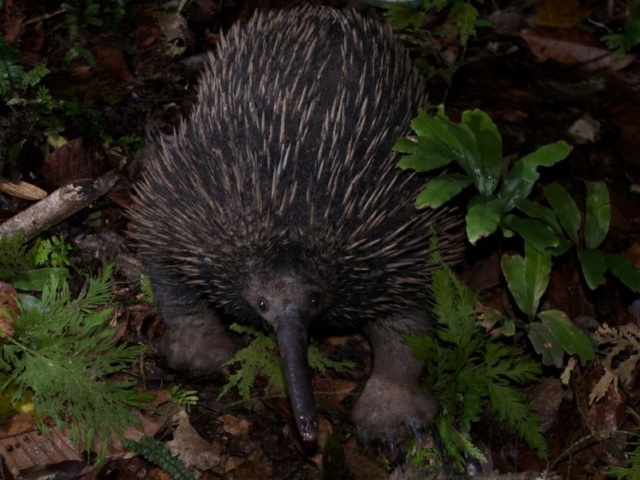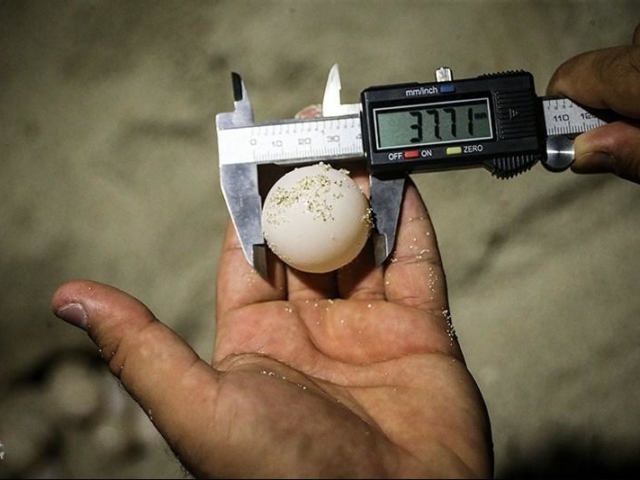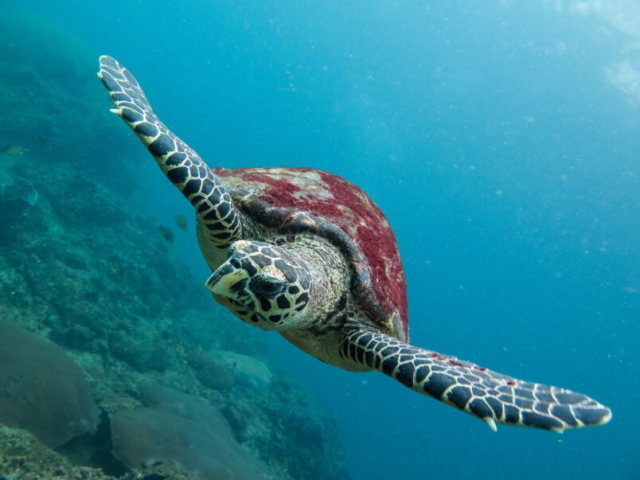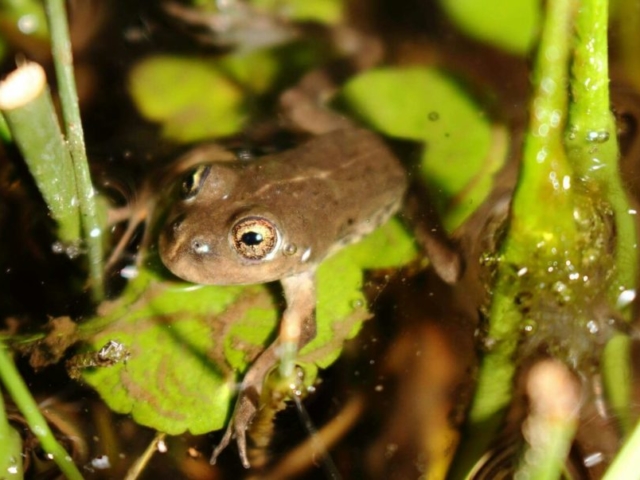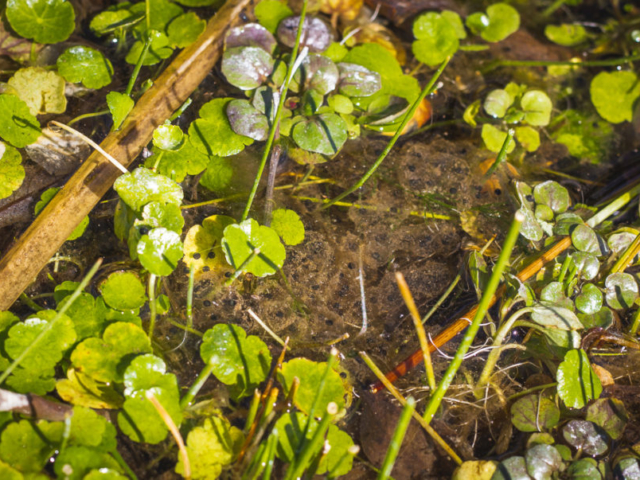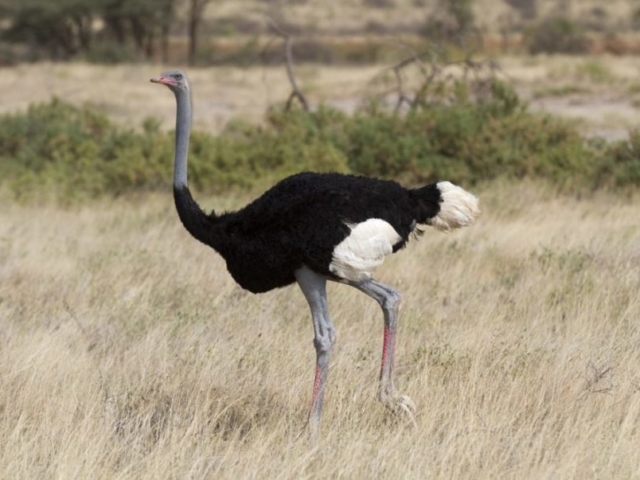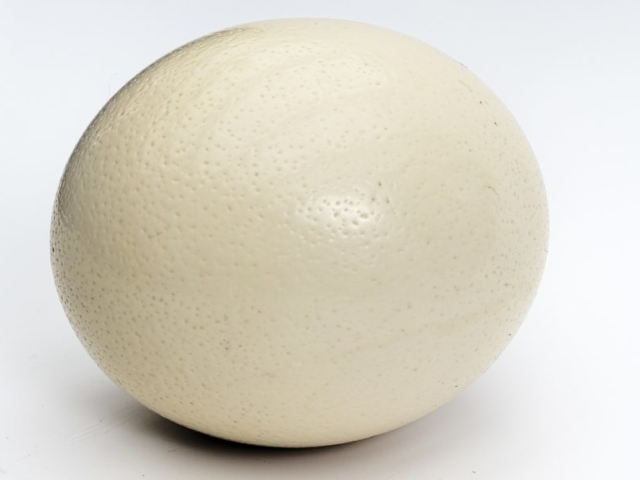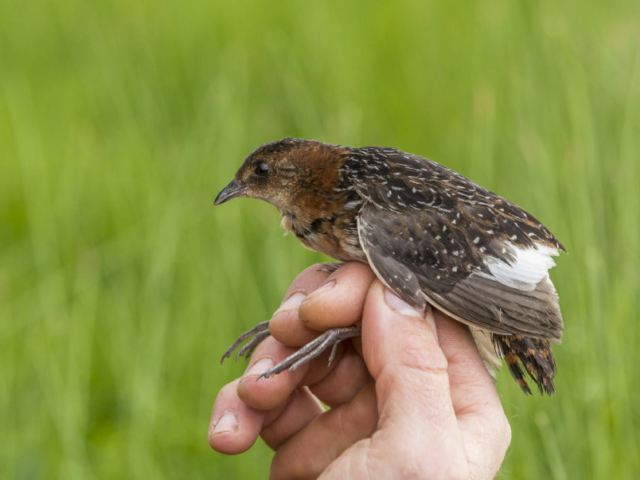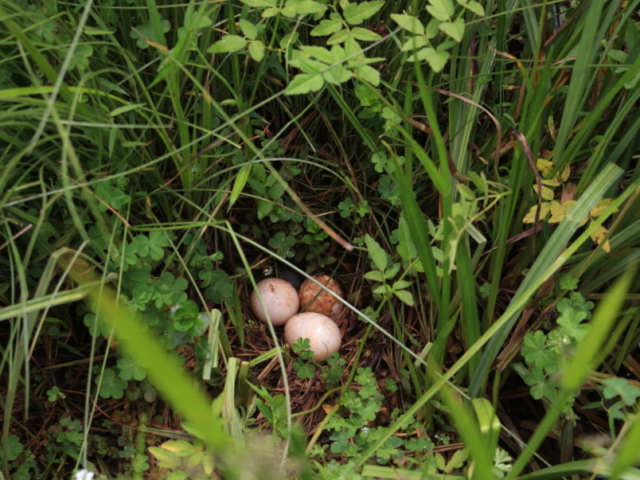As it’s Easter we thought we would celebrate by highlighting some of our weird and wonderful EDGE species that lay eggs.
Sharks
Zebra Shark
The zebra shark gets its name from the colouration of the juveniles, which have black and white striped markings. As they mature their colouration changes from stripes to spots and that is why they are also known as leopard shark!
They are found in coastal tropical waters of the Western Pacific and Indian Oceans and reproduce by laying between 40-80 eggs per year. Juveniles inhabit inshore, shallow coastal areas such as mangroves and seagrass beds whereas adults are typically found on coral and rocky reef habitats. They are listed as Endangered, with one major threat being destruction and coastal developments in mangrove areas used by juveniles.
Mammal
Echidna – Attenborough’s Long-beaked Echidna / Western Long-beaked Echidna
Echidnas and platypuses are the only egg laying mammals. They do however produce milk like other mammals. Echidna juveniles are known as puggles!
Reptile
Hawksbill Turtle
Hawksbill turtles are found throughout tropical and subtropical waters of the Atlantic, Indian and Pacific Ocean. They nest in at least 70 countries. Females will return to the very beach that they were born on, to lay their own eggs! They will lay on average 80 eggs per nest, and all the hatchlings will emerge from the nest together, scurrying towards the sea in what is commonly known as a “nest explosion”.
Listed as Critically Endangered by the IUCN, this species is in a massive population decline with an estimated 87% decline in number of mature females nesting annually over the last three hawksbill generations. Alongside other threats, egg poaching and hunting are serious concerns for hawksbills.
Find out more about the work our Nat Geo Photo Ark EDGE Fellow Daniel Arauz is doing to protect the Hawksbill Turtle
Amphibians
El Rincon Stream Frog
Many amphibians lay eggs, but few live on a single plateau in Argentinian Patagonia where temperatures sometimes plummet to -15°C. However, the frog avoids the cold by spending its life in streams whose waters are heated by permanent thermal springs.
The species breed via larval aquatic development where tadpoles will emerge from the eggs and be free living and then metamorphose after hatching.
The El Rincon Stream frog is listed as Critically Endangered, facing major threats from introduced trout, damming and livestock encroachment in its native habitat.
Find out more about the work being done by our Segré EDGE Fellow Tomás Martínez Aguirre to secure the future of the El Rincon Stream frog.
Birds
Somali Ostrich
Ostriches are known to lay the largest egg of any living bird. The Somali Ostrich is a huge, flightless bird, which can reach up to 275cm in height (males). This species is found in north-east Africa, with its range overlapping Ethiopia, Somalia, Djibouti and Kenya.
Apparent declines in this species are due to the poaching of eggs, which are used as ornaments, water containers, symbols or protective devices on churches. Adults are also shot for food and leather and also chased to death by drivers.
White-winged Flufftail
By contrast, the White-winged Flufftail is a very rare tiny bird which breeds north of the equator in Ethiopia and then migrates south to Zambia, Zimbabwe and South Africa.
Its Critically Endangered listing comes from the fact that it is under threat due to grazing of livestock and grass cutting on the breeding grounds as well as drainage of marshes for cultivation and forestry.
Our EDGE Fellow Bruktawit Abdo is working to ensure the persistence and improvement of suitable habitat critical to the survival of the White-winged Flufftail. Find out more about her project here.
